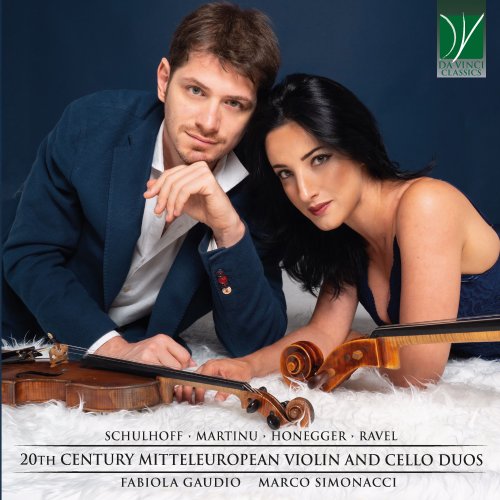Tracklist: VIDEO
The violin and the cello are among the most employed and most beloved instruments in the Western classical tradition. Belonging in the same family, that of the bowed string instruments, they have a similar timbre; the combination of their ranges covers almost the full gamut of the sounds employed in classical music, and is comparable to that of the piano.




